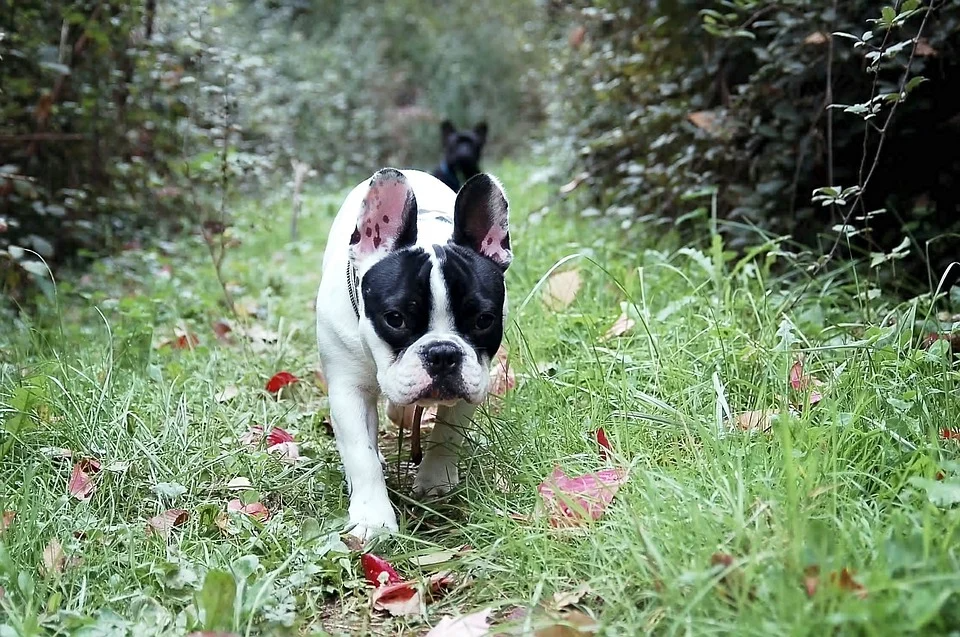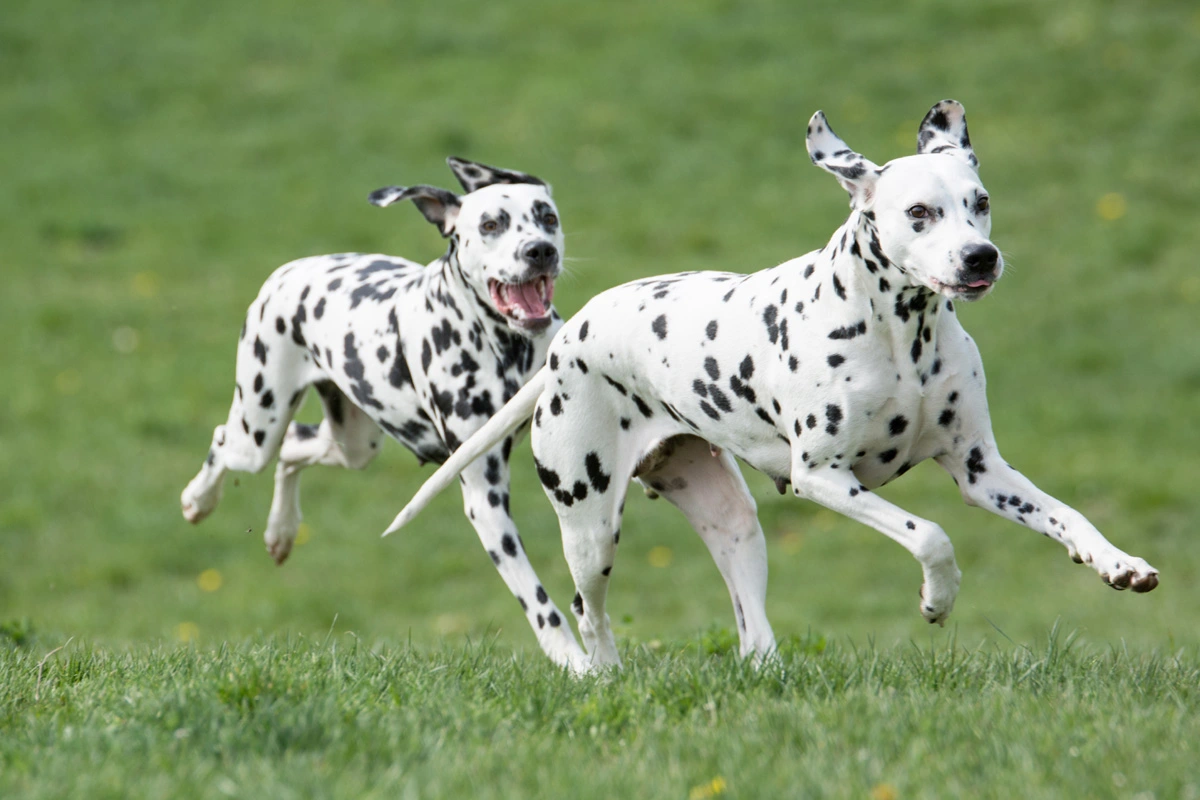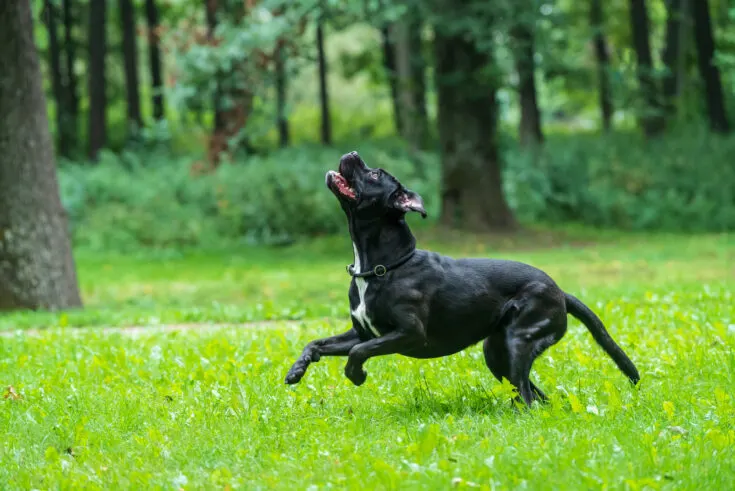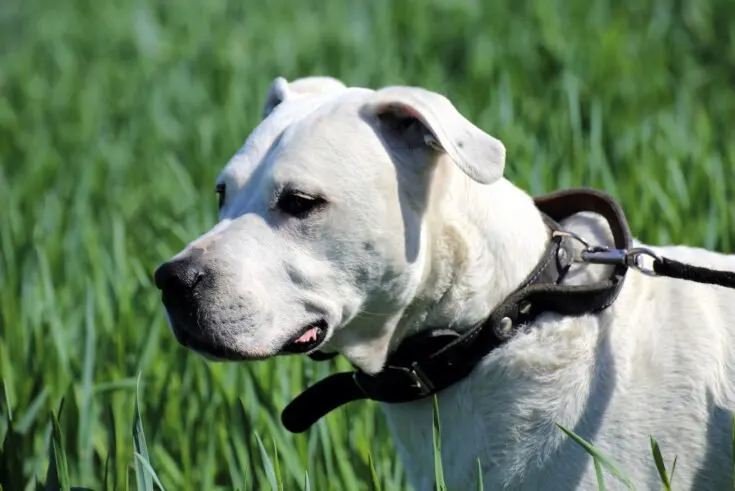You will agree to regular walks when you become a doggie-parent. You would assume that regular walks are a natural response to nature calling. Walking your dog can provide many benefits beyond the obvious.
Is it too cold to take your dog for a walk?
Walking your dog is good for you

Walking your dog is good for you. There are many benefits to walking your dog.
Veterinary research shows that regular walks can have many health benefits for your dog.
- Weight and Body Condition Management
- Keeping joints healthy;
- Regulating digestion and urinary health
- Mental stimulation.
Walking your dog can have many benefits for you. Dog owners who take their dogs for walks have better physical and mental fitness, increased muscle and bone strength, and improved sleep.
What happens if your dog isn’t walking? You’ll likely have some problems to fix, as well as more behavioral problems that can result from boredom.
How long should your dog be walking?

There is no single way to determine how often or how long you should walk your dog. The optimal length and frequency of walks for breeds can differ greatly, as can the age of your dog.
As a general rule, aim to walk your dog for 30 to 2 hours per day. To reap the full benefits of a longer walk, larger breeds and energetic dogs like retrievers and shepherds will need to be walked for longer periods.
You have the option to split your walks so you can do three short walks during the day and one long one at night. It’s up to you to decide what your dog prefers. You can choose the dog walking schedule that suits your lifestyle and dog.
It is unlikely that elderly dogs can take a long walk. They may be able to benefit from short walks throughout the day.
Dog walking at the best time of the day
What time should you take your dog for a walk? Your lifestyle and the preferences of your dog will determine when is the best time to take your dog for a walk. Mornings are ideal for older dogs, and young puppies that may need to go potty early in the morning. Mornings are great for dogs who need to get the energy up early in the morning to be more disciplined throughout the day.

Because it’s less cold, afternoons are the best time for your dog to be walked in winter. However, in the summer it can get too hot to take your dog out. Long-haired dogs will have a hard time in the hot. You may have to make sure your dog’s feet are protected from burning while walking on hot roads and cement using boots. Make sure to bring water with you.
Evenings are great for walking dogs. They also make it easy to socialize your dog with other dogs. For the more skittish dog, heavy traffic can be alarming. Be aware when you choose your route.
Doggos who are more likely to have accidents at night or need to get some energy before bed should take their dog for night-time walks. This is the best time to take your anxious dog for a walk. There is less traffic and fewer dogs. You and your dog should be visible so you have some reflective gear.
The best weather for dog walking
While convenience may be the most important factor, it is equally important to pay attention to weather conditions and temperature. Dogs can get heatstroke because they are not able to regulate their body temperature through sweat, which is unlike humans.
Panting and thick saliva are all signs of canine heatstroke. Make sure your dog has water available in case they are overheating. You can still cool them down by bathing them or letting them splash around in shallower water such as ponds and splash pools.
Hot days can also lead to burnt paws. Your dog can burn his paws by walking on concrete or roads that have been baking in direct sunlight all day. These situations can be helped by booties or choosing a different time.

The 5-Second Rule is a way to determine if it’s too hot for walkies. Place your back on the sidewalk and you will be able to tell if it’s too hot. It’s too hot to hold your hand on the sidewalk for more than 5 seconds.
How about the cold? There are good chances that you won’t be brave enough to go outside in the cold. However, your dog will tell you what they can and cannot tolerate. Do not take your dog out of the house if temperatures drop below 32 degrees Fahrenheit (0C). Below 20°F (-6.6°C) is a no-no for any breed, as hypothermia or frostbite may occur.
Safety and emergency procedures during dog walks
There are some safety precautions to be aware of when you take your dog for a walk.
- Make sure your dog has been vaccinated.
- Your dog should be able to understand and respond appropriately to voice commands.
- You should ensure that you have the correct leash, collar/harness, and harness.
- Make sure you have water handy, especially if it is hot outside.
- You and your dog both need identification.
- You and your dog should have the reflective gear to help you be seen if you are walking at night or under poor lighting conditions.
Before you go on a walk with your dog, it is important to be aware of what’s around you. You can make the right decisions quickly by being mindful.
Dog walks can be frustrating.
Your dog may be walking in circles. If your dog suddenly walks in circles, there could be a problem. This could be an ear infection or an injury.
A dog that walks backward is an indication of fear. However, it could also be a sign that the dog is experiencing something more serious.
Sideways walking of dogs: A dog that is walking sideways should be inspected by a veterinarian. Crabbing is more common in certain breeds like border collies, spaniels, and pointers. It can also indicate hip dysplasia or injury.
Sudden difficulty walking in a dog: Any sudden changes in your pet’s behavior should be considered. Sudden difficulty walking could be due to a muscle injury, blisters, or something more serious.
Your dog will stop walking and refuse to move. This is likely his way of telling you he’s had enough walks. You might consider reducing the length of your walks or splitting it into two shorter walks. To resolve the problem, you can consult a vet.
Here are some tips and tricks to make your dogs walks the best.

This list contains useful equipment and supplies that will make your dog walking a success.
- Good quality collar/harness and leash;
- Poop bags
- Dog treats
- First aid kit
- Use hand wipes
- Protect your dog from the elements with a jacket for dogs and booties for cats
- Collapsible bowl with water
- Flashlight and headlamps
- To carry your essentials, you can use a backpack
- Identification for you and the dog
FAQ
What should you do if an off-leash pet approaches you as you walk a dog?
Try to be calm when a wild dog approaches you. Your dog will get excited. If possible, avoid any interaction with the dog and walk away. You can distract the visitor by using dog treats. This will help diffuse the situation. To end the situation, you can give your dog a treat and let him go.
Why does my dog have trouble walking suddenly?
It could be caused by pain in the joints or spinal problems. Although arthritis is the most common cause, it is worth visiting a veterinarian.
Is it too cold to walk your dog in the winter?
It’s not safe to walk your dog if the temperature drops below 20 degrees F (-6.6degC).
Is it too hot to walk your dog in the summer heat?
It is not safe to walk your dog if it exceeds 89.6degF (32degC).
Can you walk your dog in the rain?
Although you can take your dog out in the rain, it is best to keep the distance between the dogs and the sidewalks shorter than usual. You should wear gear that is easily visible to motorists. You might be able to purchase a doggie umbrella and some doggie rain boots.